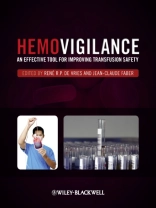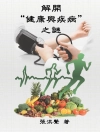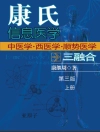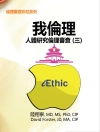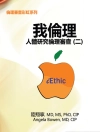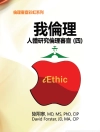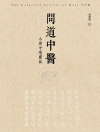* Hemovigilance is a ‘quality process’ which aims to improve
quality and increase safety of blood transfusion, by surveying all
activities of the blood transfusion chain, from donors to
recipients.
Hemovigilance programmes have now been in existence for over 15
years, but many countries and centers are still at the development
stage. This valuable resource brings together the main elements of
such programmes and shows the different types of models available.
A general introduction includes Chapters on hemovigilance as a
quality tool for transfusion as well as concepts of and models for
hemovigilance. The core of the book describes how Hemovigilance
systems have been set up and how they work in hospitals, blood
establishments, and at a national level. These Chapters are written
according to a structured template: products and processes,
documentation of jobs, monitoring and assessment, implementation
and evaluation of measures for improvement, education and
training. Chapters on Hemovigilance at the International
level, Achievements and new developments complete the picture.
Hemovigilance is above all a practical guide to setting up and
improving hemovigilance systems, whilst raising awareness for
reporting adverse events and reactions.
This is the first international book on hemovigilance,
assembling all the vital issues in one definitive reference source
– essential reading for all staff involved in the transfusion
process.
Sobre el autor
Professor René R.P. De Vries, Department of Immunohematology and Blood Transfusion, Leiden University Medical Center, Leiden, The Netherlands and President of the European Haemovigilance Network.
Dr Jean Claude Faber, Director of the Blood Transfusion Service, Luxembourg Red Cross, Luxembourg.
The editors are experts in the field of haemovigilance. Both are members of the Board of the International Haemovigilance Network (IHN) and of the International Society of Blood Transfusion (ISBT) Working Party on Haemovigilance.
